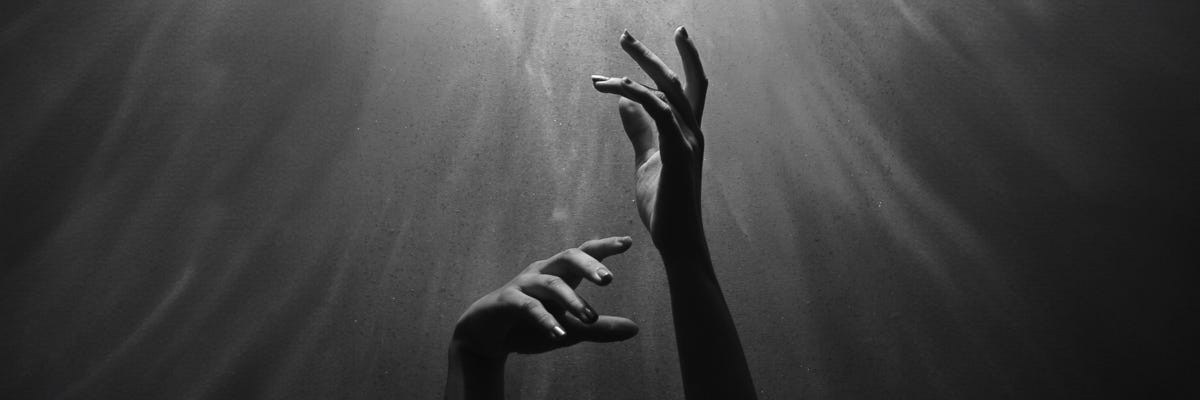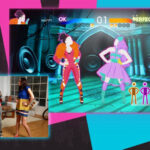In a world that often feels heavy, the idea of dance might seem distant. Yet, throughout history, and especially within African American culture, dance has been more than just movement; it’s been a source of strength, resistance, and profound connection. Inspired by Dr. Jacqui Lewis’s reflections on dance and spirituality, let’s explore how “Everybody Dancing Now” can be an invitation to find resilience and joy, even in challenging times.
 Embrace the dance: a person with outstretched hands in a moment of spiritual expression and connection.
Embrace the dance: a person with outstretched hands in a moment of spiritual expression and connection.
A Legacy of Movement and Meaning
Dr. Lewis highlights the powerful role of dance for enslaved Africans. Denied drums, they created rhythms with their bodies, finding joy and solidarity through the Juba and Hambone dances. This wasn’t just entertainment; it was an act of defiance, a way to reclaim their spirits amidst oppression. Similarly, tap dance emerged as a fusion of cultures, a “something new” born from hardship and creativity. Even the ring shout after grueling labor in the cotton fields became a spiritual release, a dance that evoked freedom and connection to something greater. From the Charleston, rooted in Nigerian, Ghanaian, and Trinidadian traditions, to countless other forms, dance became an undeniable expression of Black culture and resilience.
Dancing Through Difficult Times
This rich history underscores a vital truth: dance endures, even in the face of tragedy and sorrow. For Dr. Lewis and her community at Middle Collegiate Church, dance became a lifeline after a devastating fire. Amidst the challenges of COVID, racial injustice, and grief, they chose to “keep dancing,” metaphorically and perhaps literally. They understood that suffering wasn’t divinely ordained, but rather, their faith offered a partnership, a divine dance partner to navigate “difficult terrain.” This perspective reframes hardship not as a divine punishment, but as a shared journey where faith provides guidance and strength. “Everybody dancing now” becomes an act of choosing hope and movement over despair and stagnation.
Choreographing a New World Together
Dr. Lewis challenges us to reconsider our understanding of the divine. Instead of a God who dictates every step, what if God is waiting to dance with us, to partner in creating the world we desire? This is an empowering invitation to recognize our agency. “Everybody dancing now” can be seen as accepting this invitation, stepping into a collaborative choreography with the divine. It’s about recognizing our “power to shape the world,” not through rigid control, but through dynamic movement and responsive steps with a partner who “yearns for our partnership.” This reframing encourages us to actively participate in building a better world, step by step, in a dance of shared intention and creation.
In conclusion, the call for “everybody dancing now” is more than just a catchy phrase. It’s an invitation to tap into a deep wellspring of human resilience and spiritual connection. It’s about embracing the lessons of history, finding strength in movement during difficult times, and recognizing our role in a divine partnership. So, let’s answer the call, find our rhythm, and join the dance.
Reference: Jacqueline J. Lewis, “What If We Dance? Prophetic Theology for Hot-Mess Times,” Oneing 12, no. 2, The Path of the Prophet (Fall 2024): 59–60, 61.

